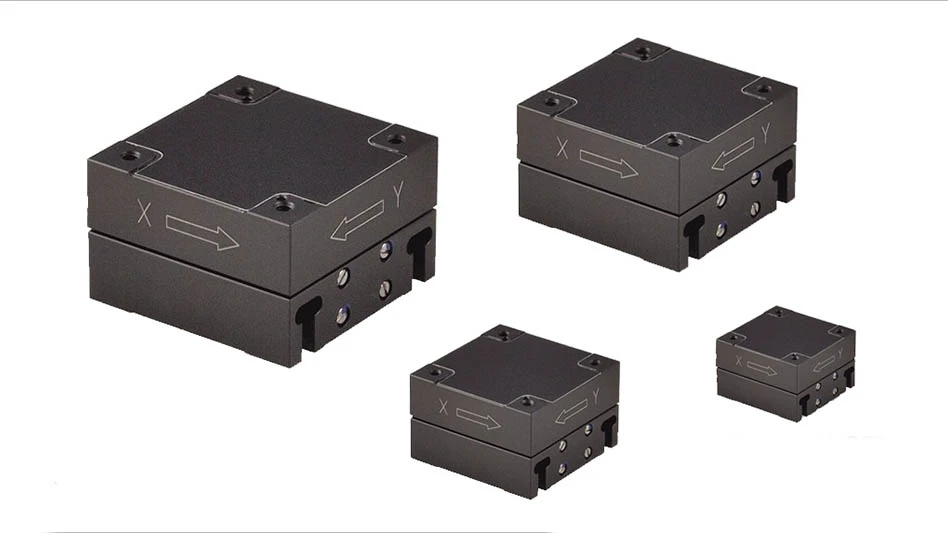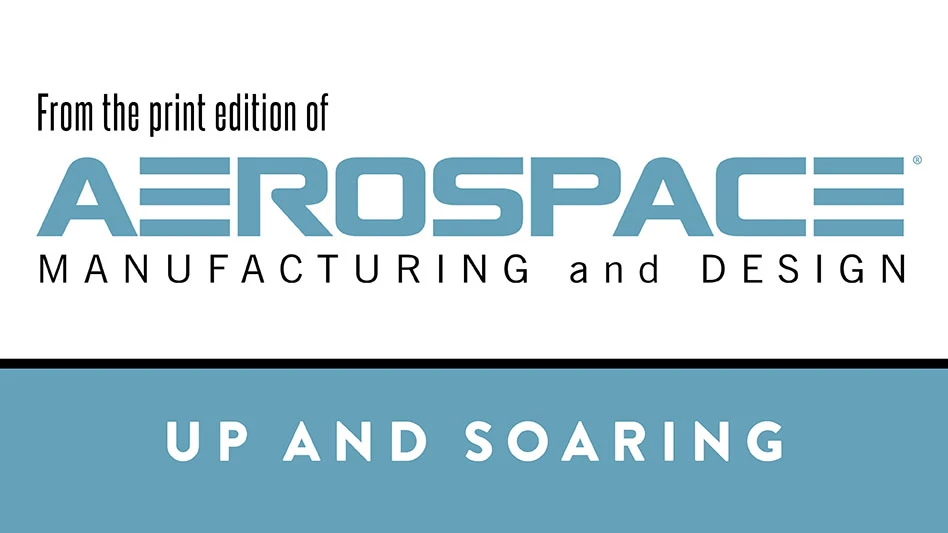
To grow in today’s aerospace manufacturing world, shops need to consolidate operations, automate, increase efficiency, and capture and analyze data. Accomplishing this requires high-precision equipment, advanced technology, and a well-defined strategy and process. Mike DiMarino, owner of New York City machine shop Linda Tool, reached this conclusion in 2008 as the Great Recession ravaged the economy.
“At the onset of the Great Recession when business had slowed to a trickle, we realized that the old model of one operator per machine was totally unsustainable,” DiMarino says. “We took a long, hard look at our situation and decided if we were to have a future, we’d need a new strategy.”
This was driven in part by a decision to pursue more advanced machining making parts for a large aerospace supplier. DiMarino explains that targeting more advanced work carried “an element of risk, [but] we decided to become a qualified dock-to-stock aerospace Tier 2 supplier and be AS9102 certified.”
Such a lofty goal required many moves, beginning with 5-axis machining and advanced tooling. For a shop whose mainstay was turning, with secondary milling operations on conventional vertical machining centers (VMCs), this was a major step. DiMarino plunged ahead and acquired the necessary technology. He and Dave Holmes, Linda Tool’s production manager, would learn that in addition to 5-axis and innovative tooling, aerospace machining success is equally impossible without the right CAM software.

An important element of the company’s production process starts at the end, not the beginning.
“A key facet of the new strategy we deployed in 2008 was to first carefully determine the finished part, and then map out every step throughout the shop that is required to ensure the part meets or exceeds spec,” Holmes explains. “Every step in the process throughout the whole shop is documented, saving time and maximizing quality and throughput. We work in teams, applying a manufacturing process approach.”
A new angle
The process approach led to machining 7075 aluminum landing gear forgings.

“When a big aerospace opportunity came our way – a horseshoe-shaped planar part with tight-pocketed inside corners – we tried to figure out a way to efficiently machine the part by face cutting, swarf milling, or using a ball-nose end mill,” Holmes says. “We had invested in a Hermle C22 5-axis machining center for the part, but we weren’t sure how to attack it for maximum throughput and efficiency.”
They evaluated a CAM software package, hyperMill from Open Mind Technologies, and focused on hyperMill Maxx Machining performance features that increase material removal rates using conical barrel cutters – also known as circle-segment end mills. Open Mind developed the concept of conical tool machining with tapered tools that have a large radius ground into the taper. The software and end mills cuts up to 90% of the time needed to machine with conventional ball-nose tools.


Emuge Circle Segment end mills feature a conical form ground into the cutter blank which is further shaped with an extra large radius. The large radius in contact with material reduces the number of stepovers required, because much wider paths can be made in each tool pass, removing more material per tool pass on planar surfaces, ruled surfaces, and inside pockets.
“We worked closely with Emuge and Open Mind to program the part and make test cuts,” Holmes says. “We wanted a highly efficient, stable process and it worked.”
Linda Tool deploys hyperMill’s 5-axis tangent plane machining and 5-axis tangent machining on the aero landing gear part, since it’s suited for hard-to-reach planes and enables measured roughness values often 5x to 10x finer than machining with ball-nose mills.
Linda Tool took about 6 months to implement the new operation and get the shop fully acclimated to the approach for repeated successes without a hitch.

“We were confident with hyperMill,” Holmes adds. “Right from the start we got perfect parts. hyperMill posts fast, but what we are most impressed with is its reliability and repeatability. The process is so stable and proven in our shop that we don’t have to check the parts when we run. The software works well and is so essential for our throughput that we are planning to integrate the entire shop with hyperMill.”
Flying high
A lot has changed at Linda Tool since it deployed its new strategy. Business has doubled and the company is now a well-established aerospace manufacturer, yet headcount at the shop has remained the same.
“Three-quarters of our employees used to run equipment. Today, it’s less than half,” DiMarino notes. “We are more flexible; employees have become more skilled and work in teams in a well-defined process approach.
“Partnering with Open Mind has also played an integral role in this success. We wouldn’t be where we are today without them,” DiMarino concludes.

Explore the July 2019 Issue
Check out more from this issue and find your next story to read.
Latest from Aerospace Manufacturing and Design
- Talking machine tools with the professionals who build them
- Tools and strategies for improving your machining processes
- America Makes announces QTIME project call
- Innovation meets precision for 40% faster machining
- Upcoming webinar: Pro tips from a supply chain strategist
- Heart Aerospace relocates to Los Angeles
- Fixtureworks introduces Stablelock Clamps
- Piasecki acquires Kaman's KARGO UAV program






